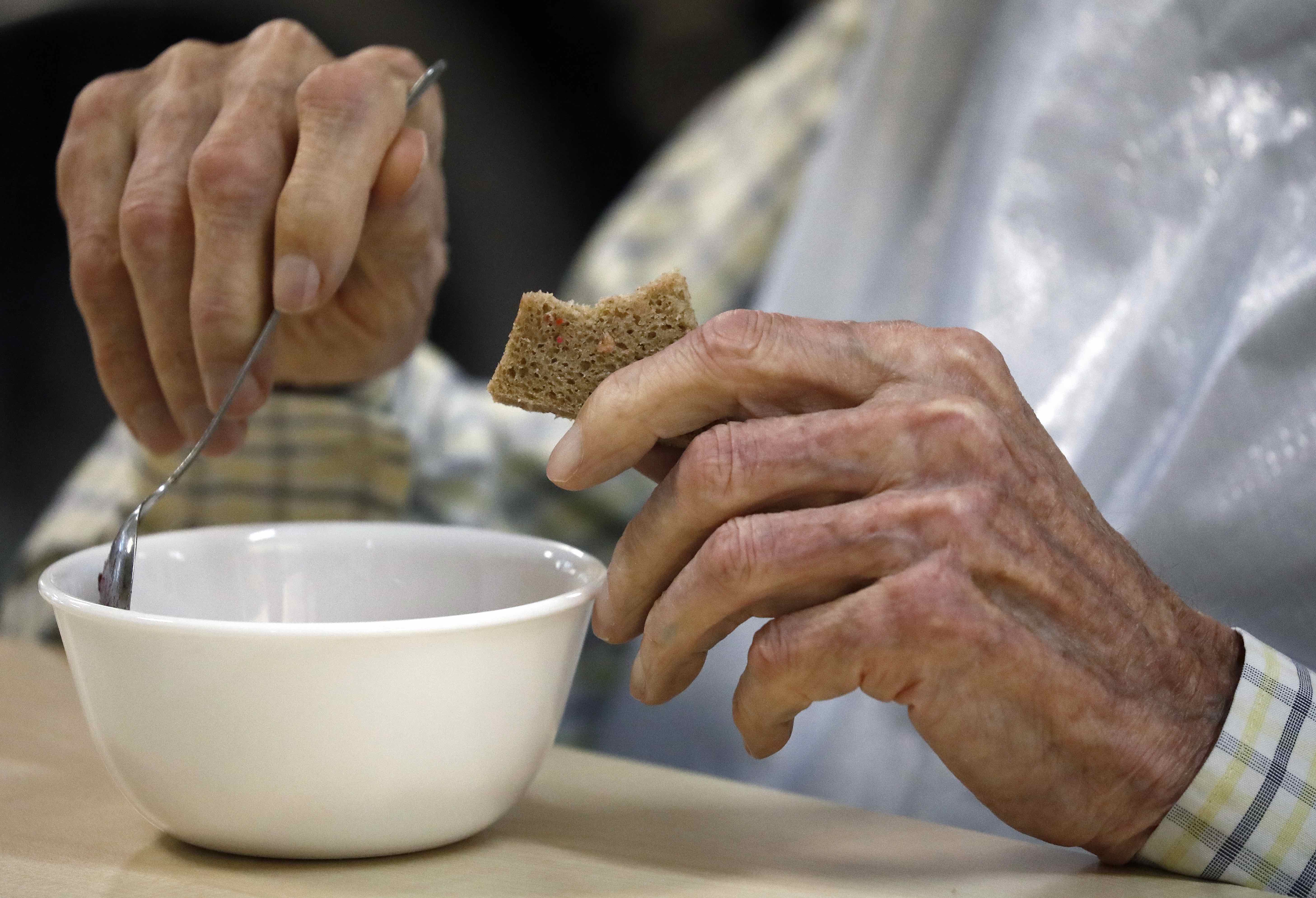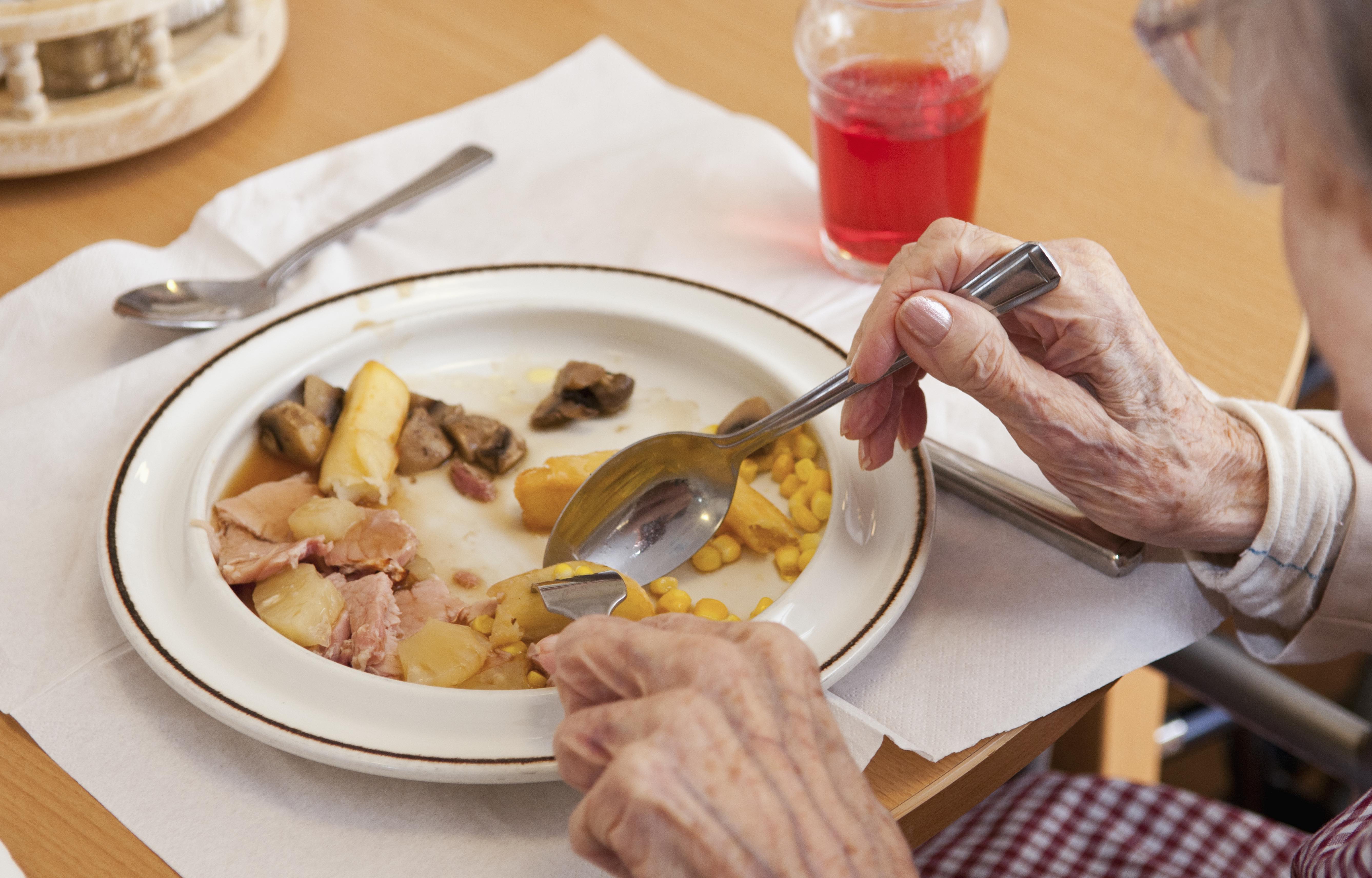
Health & Medicine
How much exercise keeps our brains healthy as we age?

A lack of protein in the foods served at aged care centres is putting two-thirds of residents at risk of malnutrition, but research shows that simply improving the menu has big pay offs for everyone
Published 31 July 2019
For the past decade, aged care facilities in Australia have been reducing their expenditure on food, providing fewer servings of high-protein foods to residents.
As highlighted by the Royal Commission into Aged Care Quality and Safety that is now rolling out across the country, the results of this inappropriate approach to cost saving are stark – high rates of malnutrition among residents in aged care.

Our previous research across 21 aged care facilities in Melbourne found that 68 per cent of residents were malnourished or at risk of malnutrition. By assessing what people were actually eating, we found that a major contributor to malnutrition is inadequate protein intake.
Typically, the facilities we researched worked to a four-week rotating menu, usually consisting of a continental-style breakfast; a midday meal of a hot dish and dessert; an evening meal of soup, a choice of a hot or cold dish, and a dessert; along with morning and afternoon tea and snacks.

Health & Medicine
How much exercise keeps our brains healthy as we age?
But we found that this was providing residents with a daily average equivalent to just one serving of a high-protein food – like lean meat, seafood, eggs, poultry and legumes – compared with a recommended two servings a day.
And in terms of dairy protein – milk, cheese, yoghurt – residents were receiving the equivalent of just one serving a day, compared with a recommended four servings a day.
Unless families are regularly bringing in food for their loved ones, residents have limited opportunity to access other foods. This means that without adequate provision of quality protein foods the risk of malnutrition remains high.
While on the surface this may appear to be a cost-saving measure – it is actually a false economy.

Malnutrition actually leads to higher costs as residents become frailer and more dependent.
It leaves them at greater risk of suffering pressure sores (bed sores) or a fall, and reduces people’s immunity generally.
Any hospital stay will be lengthened, which is why malnutrition is estimated to add nearly $A1800 to the cost of each hospital admission. That is over and above the cost of the treatment for the condition for which that person was originally admitted to hospital.

Health & Medicine
Why is no-one talking about safe sex for the over 60s?
To address the high rates of malnutrition in residential aged-care we put together a team of nurses, dieticians and researchers to complete a two year project in 60 residential aged care facilities in metropolitan Melbourne and rural Victoria, involving nearly 4000 older adults.
We wanted to determine whether, if providing the recommended four servings of dairy foods a day, we could reduce malnutrition and its adverse outcomes.
The team worked directly with the food service providers at facilities to improve menus, modify recipes to increase the protein content and provide additional dairy options for desserts and snacks.

While we faced many challenges during the project as staff and food service systems vary substantially – we demonstrated, by implementing this practical approach for two years in 30 of the facilities, that this dietary approach is both sustainable and easily adoptable by other facilities.
Much of our research has assessed practical ways to improve nutritional care for aged care residents by changing food they’re offered, rather than relying on things like adding nutrient supplements.

Health & Medicine
Where we die matters, so let’s talk
Based on research, we know that just using supplements to treat malnutrition is only effective in the short term, offering only limited benefits if they’re used for months on end.
Also, once a pattern of malnutrition is established in an older person it can be challenging to correct, particularly given many older adults in residential aged-care suffer from other ailments. As a result their appetites may be low, meaning just offering them more food won’t be enough to treat their malnutrition.
What we are aiming for then is that every mouthful of food isn’t just tasty but has nutritional value and contributes to the ongoing health of the residents.

As our population ages, the demand for residential aged care and home care is only going to increase – in fact, nearly a quarter of Australian’s population will be aged 65 or older by 2050.
Once the outcomes of the Royal Commission are announced, which hopefully will acknowledge the importance of food and nutrition in the health of aged care residents, the goal should be to equip staff with the knowledge and know-how to improve nutritional intake of the older adults in their care.
That is the challenge we face, but with the right policy, training and standards we can meet the nutritional needs of our ageing population.
Banner: Getty Images